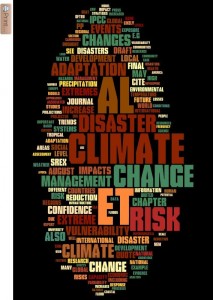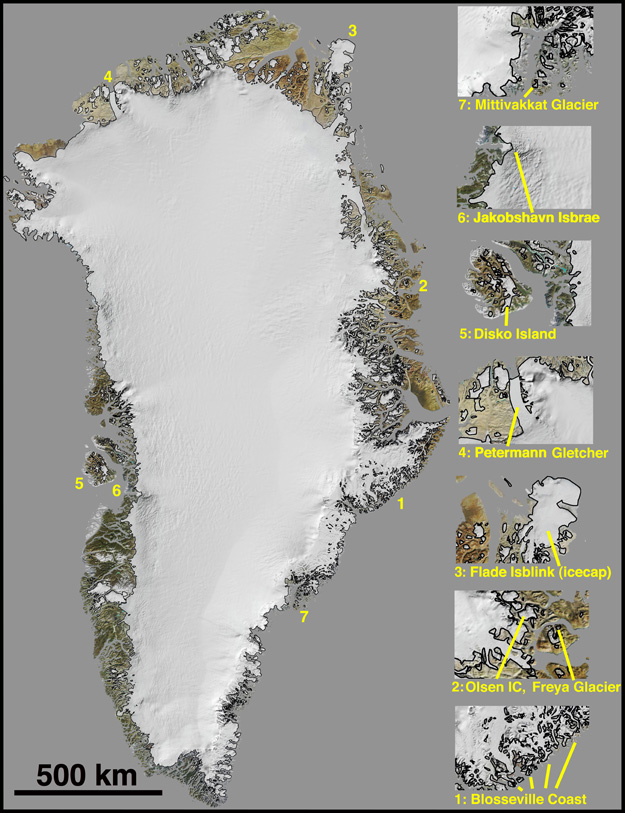The IPCC recently released the policy-maker’s summary (SREX-SPM) on extreme weather and climate events. The background for this report is a larger report that is due to be published in the near future, and one gets a taste of this in the ‘wordle‘ figure below. By the way, the phrase ‘ET’ in this context does not refer ‘extra-terrestrial’, and ‘AL’ is not a person, but these refer to the way of citing many scholars: ‘et al.‘

[Read more…] about The IPCC report on extreme climate and weather events









 The launch of the
The launch of the 